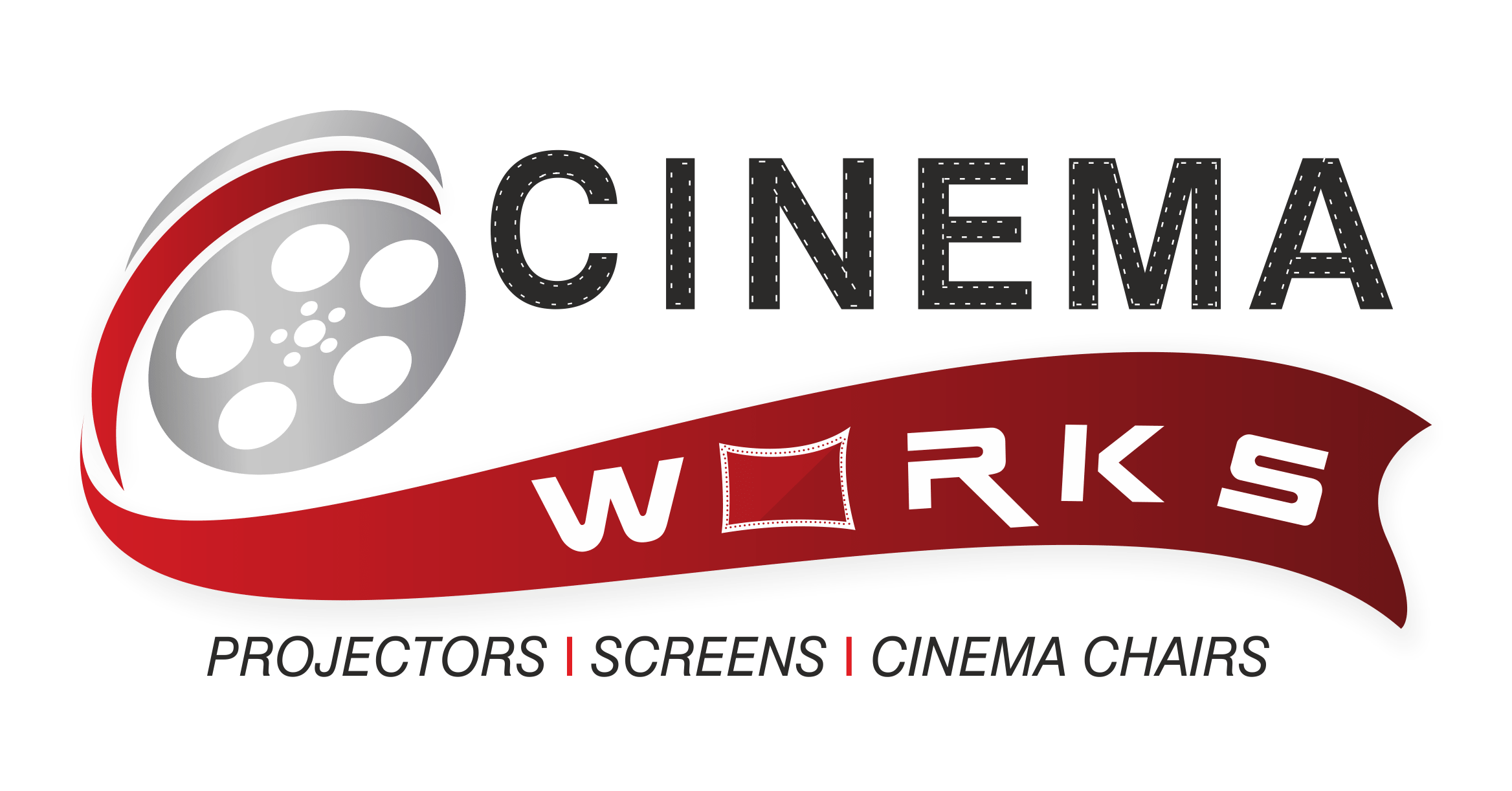Is Your Cinema Ready for 8K? A Guide to Ultra-High-Definition Projection
The Dawn of 8K in Cinema: A Technological Leap
The cinematic landscape is constantly evolving, and the latest frontier is 8K resolution. While 4K has become a standard, 8K promises a level of detail and immersion previously unimaginable, pushing the boundaries of visual storytelling. But is your cinema truly prepared for this technological leap? This guide delves into the intricacies of 8K projection, exploring its benefits, challenges, and the crucial factors to consider for a seamless upgrade.
Understanding 8K Resolution: More Than Just Pixels
8K resolution boasts a staggering 7680 x 4320 pixels – four times the resolution of 4K. This translates to an unparalleled level of detail, revealing textures, subtleties, and nuances that were previously lost in lower resolutions. The increased pixel density leads to a sharper, more lifelike image, enhancing the viewer’s engagement and creating a more immersive cinematic experience. However, simply increasing pixel count isn’t the only factor; the overall image quality depends heavily on other elements, as discussed below.
Projector Technology: The Heart of the 8K Experience
8K projection requires specialized projectors capable of handling the immense data load. Current technologies include laser projection, which offers superior brightness and color accuracy compared to traditional lamp-based systems. The choice of projector depends on various factors such as screen size, ambient light conditions, and budget. High dynamic range (HDR) compatibility is also crucial for experiencing the full potential of 8K, enabling a wider range of colors and brighter highlights.
Content Availability and Workflow Considerations
The success of 8K hinges on the availability of content. While native 8K content is still in its early stages, the industry is steadily adopting the format. Cinemas need to assess their content acquisition strategies and ensure their digital cinema packages (DCPs) can handle 8K files. Furthermore, the workflow for handling 8K files requires robust storage solutions and high-bandwidth networks to manage the significantly larger file sizes.
Screen Technology and Calibration: Optimizing the 8K Image
The screen plays a vital role in showcasing the benefits of 8K resolution. Screens need to be calibrated precisely to ensure accurate color reproduction and optimal contrast. The screen material, gain, and size all influence the final image quality. Specialized screen technologies designed for high resolutions are crucial for minimizing light scattering and maximizing image sharpness.
The Cost Factor: A Significant Investment
Upgrading to 8K is a significant investment. The cost of 8K projectors, screens, and infrastructure can be substantial. Cinemas must carefully weigh the costs against the potential benefits, considering factors such as ticket pricing, increased audience appeal, and long-term return on investment.
Is Your Cinema Ready? A Checklist for Consideration
Before investing in an 8K upgrade, consider the following:
- Content Strategy: Do you have access to 8K content, or are you prepared to wait for its wider adoption?
- Infrastructure: Does your network and storage have the bandwidth to handle 8K files?
- Budget: Can you afford the upfront costs and ongoing maintenance of 8K technology?
- Audience Demand: Is there sufficient demand in your market for 8K viewing?
- Technical Expertise: Do you have the necessary technical expertise to operate and maintain 8K equipment?
Conclusion: Embracing the Future of Cinema
8K projection represents a significant step forward in cinematic technology, offering an unparalleled viewing experience. However, the decision to upgrade requires careful planning and consideration. By carefully evaluating the technical requirements, content availability, and financial implications, cinemas can determine if they are ready to embrace the future of 8K and provide their audiences with the most immersive cinematic experience possible.
